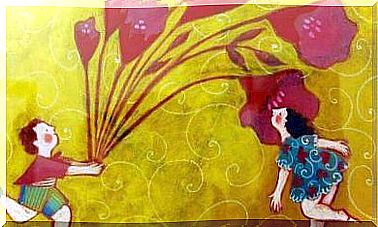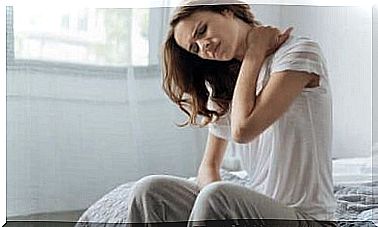Compulsive Accumulation Disorder: What Is It?
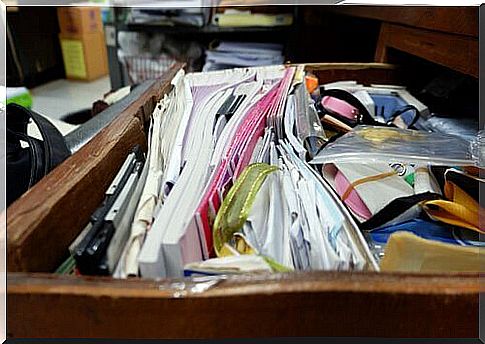
You’ve probably heard of Diogenes Syndrome before. The person who suffers from this disorder is characterized by his social isolation and even comes to shut himself up in his home, in addition to neglecting the cleanliness of his home and his personal hygiene.
Compulsive accumulation disorder could be confused with Diogenes syndrome. However, we are not talking about the same thing. The main difference is that those who suffer from Diogenes Syndrome do not only accumulate unnecessary items: they also accumulate garbage and rubbish and take neglect of their personal appearance to the extreme.
With compulsive accumulation disorder, there are lingering difficulties in letting go or parting with possessions. And it doesn’t matter what their real value is. These objects may have low economic or sentimental value.
The difficulty in disposing of these goods can appear in many forms, whether it is selling, throwing away, giving away or recycling. The main reasons given for these difficulties are perceived at the level of the usefulness or the aesthetic value of the elements, or at the level of a strong sentimental attachment to these possessions. Another reason is related to “just in case”. You buy a new computer but you don’t get rid of the old one in case the new one has a problem. And when you buy another one, you don’t get rid of the precedents either in case the two have problems. And so on.
Some people feel responsible for the fate of their property and often do everything in their power to avoid wasting their money. In addition, the fear of losing important information is also common in people with accumulation disorder.

How is compulsive accumulation disorder diagnosed?
The Diagnostic and Statistical Manual of Mental Disorders (DSM-5) lists a series of diagnostic criteria for this disorder. Here they are :
A. Persistent difficulty in letting go or giving up possessions, regardless of their real value.
B. This difficulty is due to a perceived need to keep things and the discomfort felt when getting rid of these things.
C. The difficulty in disposing of possessions gives rise to the accumulation of things which block and fill the habitable areas and greatly alter their usual use. If living areas are cleared, it is only because of the intervention of third parties (eg family members, a person responsible for cleaning, authorities).
D. Accumulation causes clinically significant discomfort or deterioration in social, occupational, or other important areas of functioning (this includes maintaining a safe environment for the person and for others).
E. This accumulation cannot be attributed to any other disease (eg, brain injury, cerebrovascular disease, Prader-Willi syndrome).
F. This build-up is not better explained by symptoms of another mental disorder (for example, obsessions with obsessive-compulsive disorder, decreased energy with major depressive disorder, delusions with schizophrenia or other psychotic disorders, cognitive deficit with major neurocognitive disorder, decreased interest with autism spectrum disorders).
A house full of unusable items
The objects that accumulate the most are newspapers, magazines, old clothes, bags, books, electronic equipment, papers… Almost any object can be kept in these people’s homes.
The nature of items is not limited to possessions that the majority of people would define as unnecessary or of little value. Many people collect and keep a large number of valuables. These things are often accumulated and mixed with other items of lesser value.
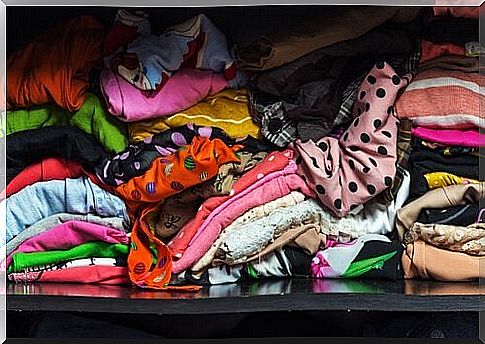
People with compulsive accumulation disorder willfully keep their possessions. They feel anguish when they consider the possibility of letting go. Storage and accumulation are therefore intentional.
This characteristic differentiates accumulation disorder from other forms of psychopathology. Other disorders are characterized by the passive accumulation of items or the absence of anxiety about letting go of possessions. They are therefore different.
People who accumulate a large number of items block and mess up the areas of active life. These areas are therefore difficult to inhabit because of their condition. For example, the person may no longer be able to cook in their kitchen, sleep in their bed, or sit in a chair.
Difficulty using the spaces of the house
When space can be used, it is with great difficulty. Disorder is defined as a large group of objects that are generally unrelated. They can also be linked in a marginal way, stacked in a disorganized way in spaces arranged for other purposes.
As we saw in the diagnostic criteria, Criterion C affects active areas of home life rather than affecting peripheral areas like garages, attics or basements. These places are also sometimes messy in the homes of people who do not suffer from compulsive accumulation disorder.
Individuals with compulsive accumulation disorder often have possessions that occupy places other than active living areas and may make it impossible to use other spaces. These spaces can be vehicles, patios, workplaces and the homes of friends or family.
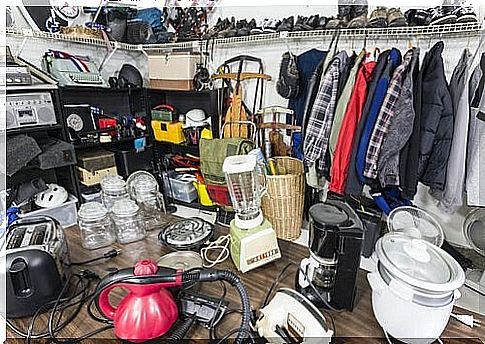
In some cases, living areas may not be altered through the intervention of third parties such as family members, housekeepers or local authorities. People who have been forced to clean their homes still have symptoms that meet the criteria for accumulation disorder. The absence of disorder is only due to the intervention of other people.
Compulsive accumulation disorder contrasts with normal storage behavior, which is organized and systematic. Normal collection does not produce the disorder, angst, or deterioration typical of accumulation disorder.
As we have seen, this disorder results in the recovery or accumulation of property, which may or may not be of use to the person suffering from it. The severity of the disorder increases over the years and it often becomes chronic if not given adequate help.





